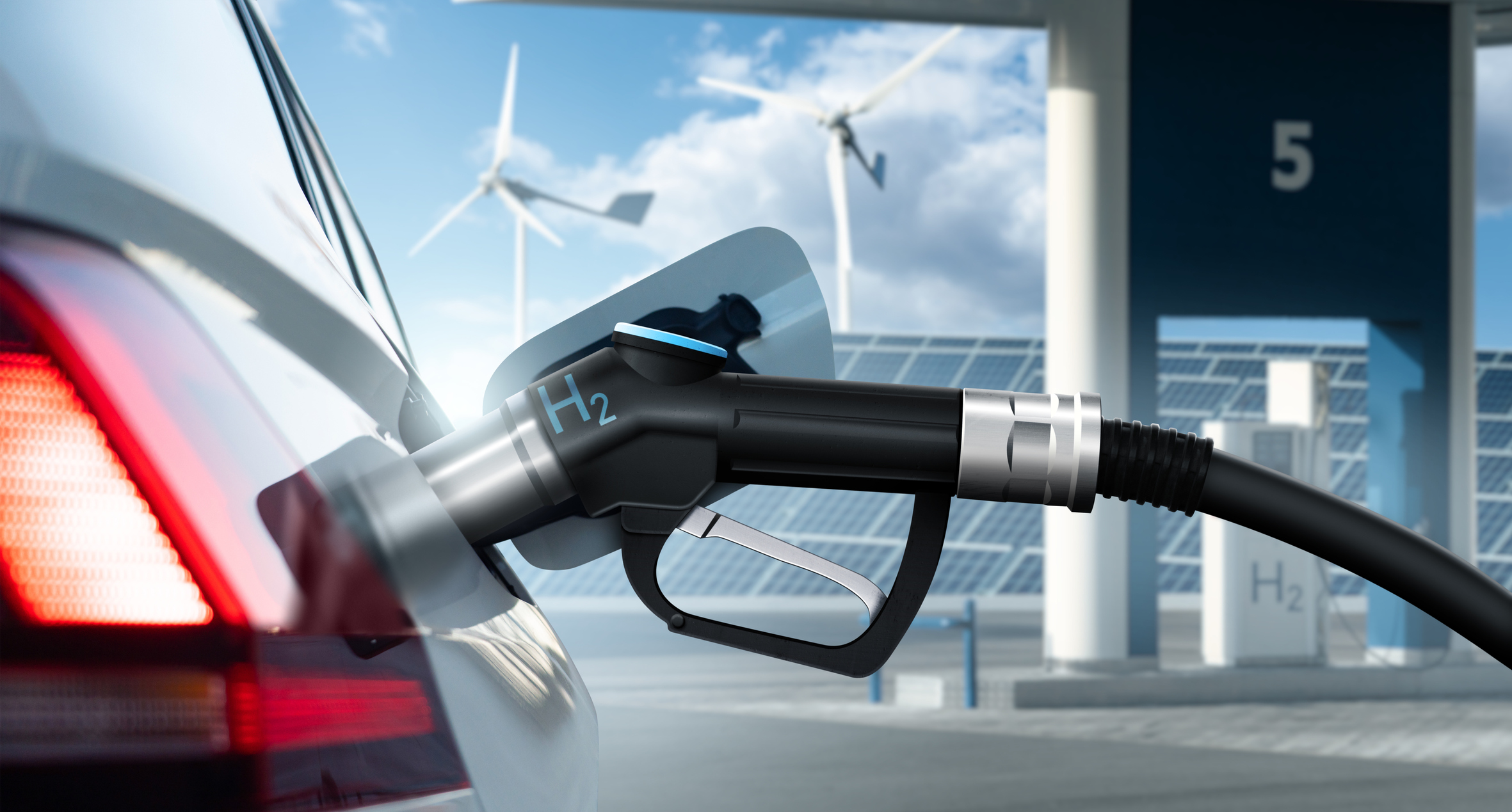Implementing measures to reduce emissions in buildings throughout their entire life cycle is a special step to transforming cities and making them more efficient and sustainable.
According to European Commission data, buildings are responsible for 40% of energy consumption and 36% of greenhouse gas emissions in the European Union. A carbon footprint with a very relevant volume that is generated throughout all its stages - construction, use, and demolition - and that comes from various energy sources.
Specifically, it highlights the great environmental impact of the materials used in construction works, since, for example, generating one ton of cement emits one ton of CO2 into the atmosphere. In addition, homes produce a large amount of direct emissions from their heating systems - gas or diesel boilers - as well as indirect emissions related to the production of electricity needed for the consumption of their occupants.
In order to address all these energy challenges, urban renewal has been gradually gaining relevance in decarbonization strategies at the European and national levels, with the aim of contributing to the construction of more efficient and livable cities in the context of climate change.
New European regulations to decarbonize the sector
The European Union is working on a proposal on the energy efficiency of buildings, with the aim of minimizing greenhouse gas emissions and energy consumption in the construction sector by 2030 and achieving climate neutrality by 2050.
Among the main measures to be adopted by all member states are:
- Reduce average primary energy consumption by at least 16% by 2030 and between 20% and 22% by 2035 in residential buildings.
- All new buildings must be climate neutral by 2030.
- Phase out fossil fuel boilers and eliminate them completely by 2040.
- For non-residential buildings, the renovation of 16% of the least efficient buildings by 2030 and 26% by 2033.
- All this without leaving behind the most vulnerable households and bearing in mind the fight against energy poverty when encouraging and supporting these renovations for customers with fewer resources throughout the community.
How urban renewal is progressing in Spain
In the specific case of our country, one of the main problems is the age of a large portion of the national housing stock, since many of these buildings were constructed before the first regulations that established minimum energy efficiency or thermal insulation criteria came into force..
According to the data, 55% of the building stock in Spain was built before 1980 and around 21% was built over 50 years ago.
To remedy this situation and move steadily towards urban decarbonization, the Government has implemented various measures aimed at reducing emissions. Among them, it is worth highlighting the Recovery, Transformation, and Resilience Plan (PRTR), financed with the support of the Next Generation EU funds, which allocates a significant part of its economic funding to rehabilitation actions in residential buildings and single-family homes. The main proposals included in this plan, which are channeled through the Autonomous Communities, include the following:
These goals must be carried out through the implementation of initiatives such as the improvement of building insulation and carpentry, the installation of solar panels, the improvement of green areas and the construction of parks, the replacement of windows, accessibility improvements, etc. In addition, in order to access the grants of up to 21,400 euros per home established in the plan, it is essential to accredit the reduction in consumption by means of an energy certificate of the home or building, before and after the works.
Within the national measures related to the improvement of energy efficiency in the residential area, there is also the State Housing Plan 2022-2025. This program is designed to finance actions aimed at reducing energy demand in heating and cooling, promoting the consumption of renewable energy, and the replacement of elements such as the thermal envelope or windows.
Finally, there is also the PREE 5000 for building energy rehabilitation in municipalities of up to 5,000 inhabitants, focused on actions such as replacing the thermal envelope or substituting them for renewable thermal installations.
Technology and innovation
The construction sector needs solutions that allow it to adapt to the new energy needs of cities and consumers. In particular, a very relevant factor is the choice of materials and their level of sustainability, bearing in mind the recovery of waste through the circular economy in order to continue on the path towards decarbonization. To find out how this challenge is being met, you can take a look at the event “Decarbonization of the Construction sector (I): Technology and Innovation of Construction Materials” organized by Holcim and the Repsol Foundation.

In addition to the choice of materials, another very important area for reducing building emissions is the use of innovative and renewable energy sources. This is the case with proposals such as geothermal energy, based on the use of the heat energy that emanates naturally from the planet's core, which can be used to generate electricity or used directly for heating and cooling the home. The popularity of aerothermal energy has also been growing in recent years, being a heating and cooling system that extracts the energy from the ambient air through a system of electric heat pumps and it has many advantages in terms of efficiency and cost effectiveness.
Not to mention other practical systems such as low-emissivity windows that improve thermal insulation, smart energy management and control systems such as EMS or advanced thermal insulation, just to name a few examples of the many technological proposals that are available on the market to further improve energy efficiency at home.




